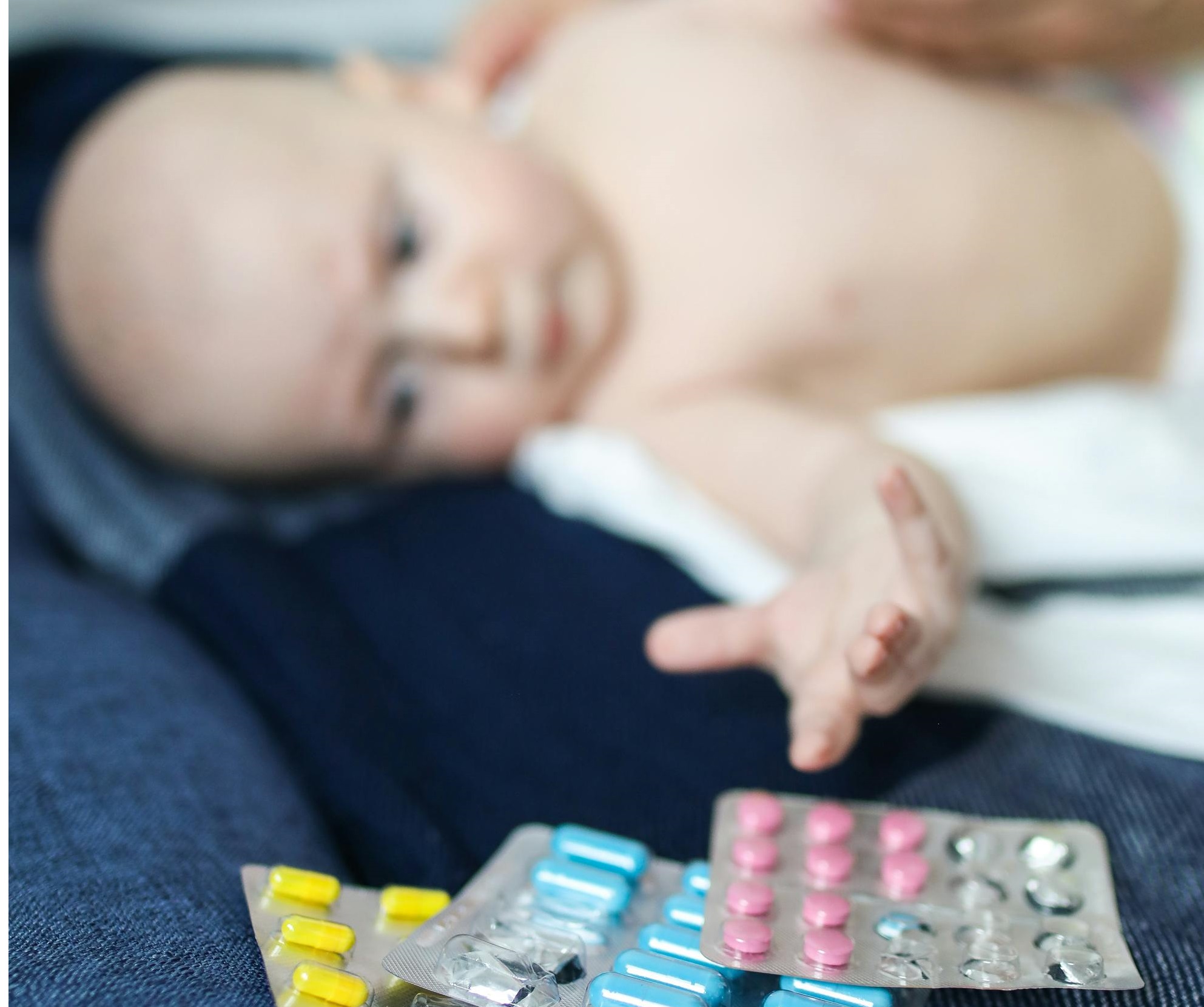At least a quarter of the children who lost their lives during the study period had experienced prior abuse or neglect.
A recent study conducted by Yale researchers has uncovered insights into the circumstances surrounding fatal opioid poisonings among children in the United States. Between 2004 and 2020, at least 25% of the children who lost their lives due to these poisonings had experienced prior abuse or neglect. Additionally, the research revealed that among adolescents aged 10 to 17 who suffered fatal overdoses, over 75% had a history of substance use themselves.
In the initial years of the opioid crisis, prescription opioids were the predominant cause of poisonings among children. However, the emergence of potent synthetic opioids like fentanyl has significantly shifted this trend. Since the onset of the crisis roughly 25 years ago, nearly 14,000 children have lost their lives to opioid-related poisonings, often under circumstances that are poorly understood and inadequately documented. The team had hoped their study would bring attention to potential causes.
According to Julie Gaither, lead author of the study and assistant professor at Yale School of Medicine, there is a pressing need to improve interventions by examining the nuanced contexts in which these tragedies occur. To gather a clearer picture, her team analyzed data from the National Fatality Review-Case Reporting System, which includes detailed accounts from child death review teams across the U.S.
Of the 1,700 cases reviewed, nearly two-thirds of the poisonings took place in the child’s own home, with an additional 23% occurring in the home of a relative, friend, or foster caregiver. Prescription opioids were involved in 92% of these cases, leading the team to believe that many are improperly stored or misused by adults in households with children. Although many of these deaths were classified as accidental, in children aged 0 to 4, while 34% were attributed to homicide. This statistic suggests the possibility of intentional exposure or severe neglect, adding a layer of urgency to the need for preventive measures in vulnerable households.

The study also found a high correlation between caregiver substance use among the children who died from opioid poisonings. Across all age groups, between 25% and 33% of children had experienced maltreatment, while over a quarter had a caregiver with a history of problematic substance use. In addition, the data show that adolescents themselves are increasingly engaging in use themselves. Approximately 42% of children aged 10 to 14 and 73% of those aged 15 to 17 had a documented addiction history.
In response to these findings, the researchers promoted a multi-pronged approach to prevention with health care providers educating families on safe storage and proper disposal and policymakers introducing regulations requiring child-resistant packaging for all prescription opioids. The use of naloxone, an opioid antagonist capable of reversing overdoses, can also provide a much-needed safety net. Gaither emphasizes that this overdose reversal drug is safe for use in individuals of all ages, including infants, and advocates for making it readily available to families prescribed opioids. She stated if pharmacists could offer naloxone with every opioid prescription, families would automatically have an in-home tool on hand in case of accidental ingestion.
Expanding access to treatment for opioid use disorder (OUD), especially for adolescents and adults in caregiving roles, is also important. The study’s findings underline the importance of viewing opioid safety as a fundamental part of protecting children, in the same way that other household dangers are proactively prevented. Gaither called for more accountability in health advocates and legislators in helping families shield themselves from these tragedies, stressing that every life lost to opioid poisoning is a preventable one.
Sources:
Study on opioid poisoning in children points to prevention strategies


Join the conversation!